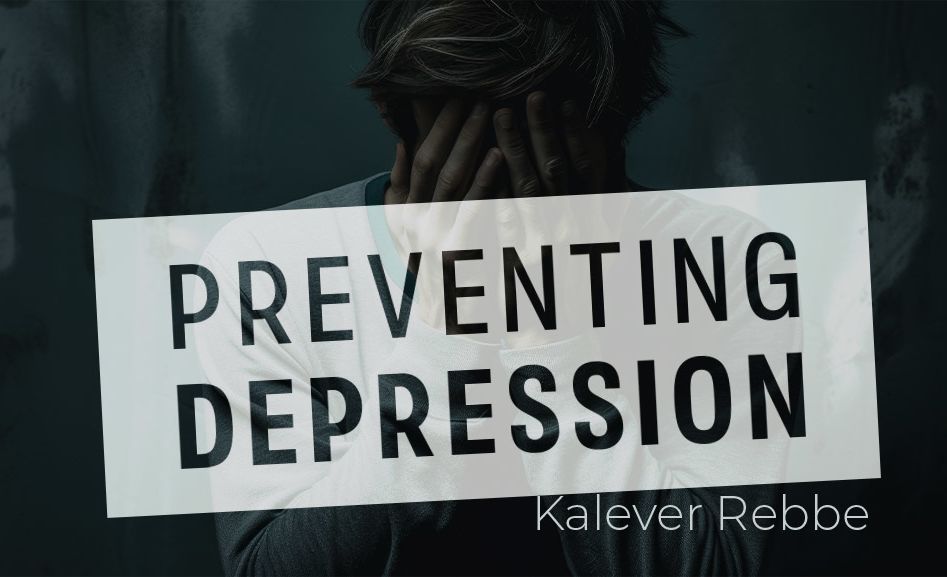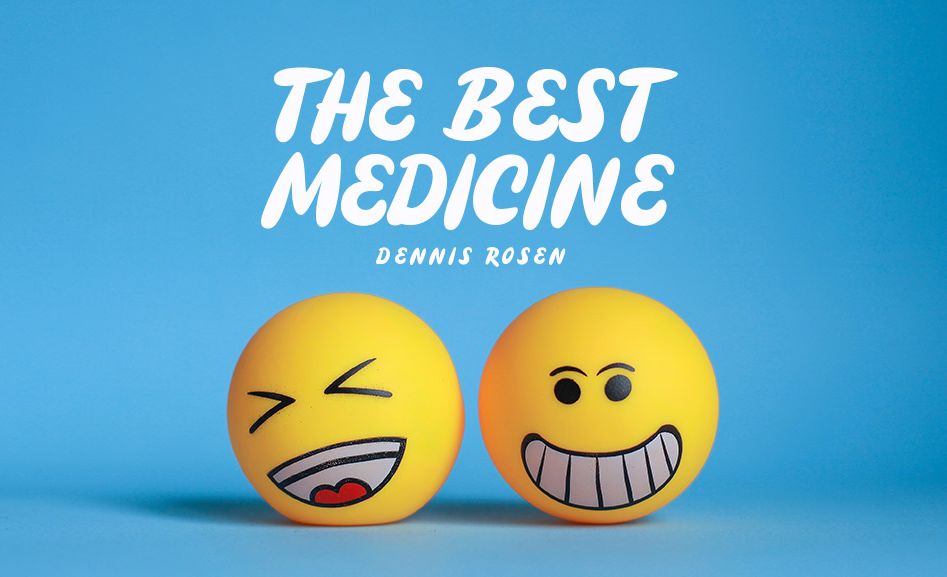
Prayer Really Works
A number of scientific experiments prove that prayer really works, but only if you pray in the correct manner...

Let’s learn how you can tap into your very own reservoir of GodJuice and get it working for you and pray for your mental and physical health in a way that’s scientifically proven to work.
Over the decades, a number of scientific experiments have been carried out by medical researchers to test the therapeutic effects of prayer. (The following quotations are from ‘Healing Words’ by Larry Dossey, MD, which cites a number of these experiments.)
In the first experiment, researchers at the Spindrift research lab in Oregon used an alcohol rinse to half-kill a mold culture they were growing. Then, they put a string down the middle of the culture dish, and asked half their volunteers to pray in a ‘directed’ way for side A of the mold, (i.e., requesting a specific outcome) and the other volunteers were asked to pray in a ‘non-directed’ way for side B, (i.e., simply requesting whatever outcome would be best, without specifying it.)
Nothing much happened on side A, but the mold on side B started multiplying very fast, and quickly sprang back to life.
In repeated experiments, the Spindrift researchers found that: “prayer works, and that both methods are effective. But…the non-directed technique appeared quantitatively more effective, frequently yielding results that were twice as great, or more, when compared to the directed approach” (emphasis mine).
Hold on to that piece of information; I’ll explain its relevance to your life and your issues in a minute. But before I do, let me tell you about a second experiment, this time conducted at the University of Redlands in 1951.
A group of 45 volunteers with a range of physical and mental issues were divided into three groups, of 15 people each. The first was called: ‘Just-Plain-Psychology,’ the second: ‘Just-Plain-Prayer’ and the last group was called: ‘Prayer Therapy Group’.
In the first group, no one mentioned religion or prayer, it was just straight-up psychotherapy, as the patients in this group had indicated they wanted.
In the second group, no one mentioned therapy. It consisted of a bunch of practicing ‘true believers,’ who already thought they knew how to pray, and that prayer was all they needed to get well. This group spent every night for nine months praying that God would cure them of their specific illness or emotional problem (emphasis mine).
The last group combined two-hour weekly prayer sessions with psychological testing. Each week, participants in this group got an envelope telling them about a negative aspect of their personality that the therapists had identified and told them to pray for help to eliminate it.
After nine months, the results of the experiment were as follows:
- Just Therapy Group: 65% improvement.
- Just Prayer Group: No improvement.
- Prayer and Psychological Testing: 72% improvement.
These results puzzled and even disturbed many ‘religious’ people at the time – but by the time you are finished reading this book, they’ll make perfect sense.
The first thing to remember is that you can’t force God to give you exactly what you want. That’s why non-directed prayer – where you pray for your general good, as opposed to a specific outcome – is far more effective than asking for something concrete.
The second thing to remember is that God only sends you your illnesses as a wake-up call, to get you to change or fix something in yourself, life, relationships or beliefs.
Groups I and III were actively working on themselves, albeit in different ways, and were making changes in response to their illness or issue. To put it another way, a large majority of them successfully got the message that God was sending them via their illness, so the illness itself was no longer required.
By contrast, those in Group II weren’t working on anything, nor were they apparently willing to change anything. Therefore, their illnesses and issues remained just the same at the end of the nine months as they had been at the beginning.
In addition, this group was praying specifically for God to take away their illness or issue (which is ‘directed’ prayer), as opposed to asking God to do whatever was best for them (‘non-directed prayer’).
What can you learn from all of these scientific experiments about what really works when it comes to praying for your health and wellness? Let’s sum it up:
-
Don’t ask God to ‘take away’ your specific health problem (‘directed’ prayer); instead, ask God to do what ever’s best for you (‘non-directed’ prayer).
- Be prepared to change something in yourself or your life if you want to get well – because the illness is only coming to give you a message. Once you get the message – and act on it – nine times out of 10, the physical and / or emotional illness will vanish by itself.
- Prayer really works – and its success rate is often much greater than more conventional therapeutic techniques and approaches.













Tell us what you think!
Thank you for your comment!
It will be published after approval by the Editor.